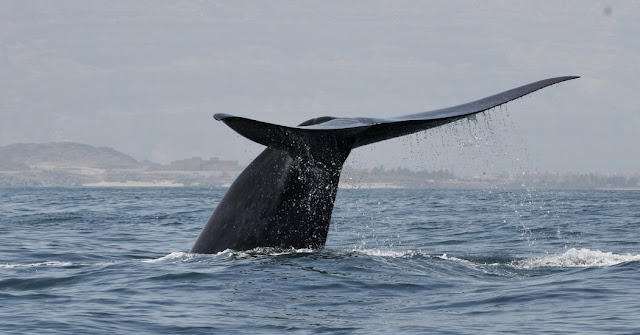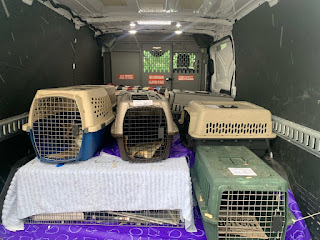 |
| HSUS pic |
Then, here in NJ, ignoring different branches of science, we’re
still slaughtering our black bears, euphemistically referring to “harvesting them”
as if that wording would justify the merciless, needless kill of innocent
animals.
While
we may think and hope globally, we can act locally right now by fighting the
barbarism of bear hunts (and others) and assuring our own pets’ well-being.
Think about New Jersey’s recent weather: long rains, high
winds and bitter cold, often preceded by more severe-weather forecasts.
In other words, it’s time to assemble a disaster kit for our
families – starting with our pets, who can’t do that for themselves. Such a move has long been advocated, but now,
it seems truly needed, smart and humane.
If people can’t take care of their pets when disaster suddenly
strikes, that could result in further disaster: harm, injury or death to the
animals. Which is why emergency kits
should be ready and waiting.
This time around, I’ll follow my own advice by organizing
and stocking kits for Billy and Jersey. The
sad-but-true bottom line is that we can’t count on anyone else to race to our
rescue in a disaster, welcome as that move would be.
So my suggestions for all of us begin with breaking this
huge job into smaller parts. First, round
up a big, sturdy container of some kind (not paper) to serve as an emergency
kit for pet(s). Then start filling it
with things you can leave there for whatever crisis comes – think canned food
(and a can-opener!), bowls, old spoons, paper towels. Next: water, in good supply, and key
medicines.
Please, pledge to do this for your family pets. Make your new year’s resolution now; the time
is right! Aim to get a pet emergency kit
together by the end of January 2023, at the very latest.
Resolve!
‘. . . the [screech] heard round the world’
That would be the UN-restful sounds of Jersey Summers, who
continues to make his presence, and voice, felt here. He’s quite cute but not (yet) cuddlesome, and
he’s easy to love – even at 6 am, when his caroling sometimes starts.
The only way I’ve found to quiet him when he’s on a roll is
to “Shhhhhh” him, with a finger to my lips.
He looks startled each time I do that, and goes quiet (temporarily). Even though Jersey beats both of them at this game,
here are a couple other noisy felines.
·
Chonk the
talking cat: https://www.youtube.com/watch?v=32jZpv9yFZc
·
Mia (ditto): https://www.thedodo.com/daily-dodo/cat-is-so-loud-shelter-had-to-put-up-sign
Happily boxed in
 |
| Billy, boxed |
“Cats are attracted to cardboard because it’s the perfect texture for scratching, rubbing and chewing. Because cardboard is soft, it absorbs a cat’s scent, creating a sense of ownership. That’s why your cat keeps going back to that same old box he loves so much. It belongs to him! So re-purpose those holiday cardboard boxes to ensure it’s a very merry time of year for kitty.”
Wishing the world a humane, healthy and happy 2023!
#
.jpg)












.jpg)










.jpg)
.jpg)







